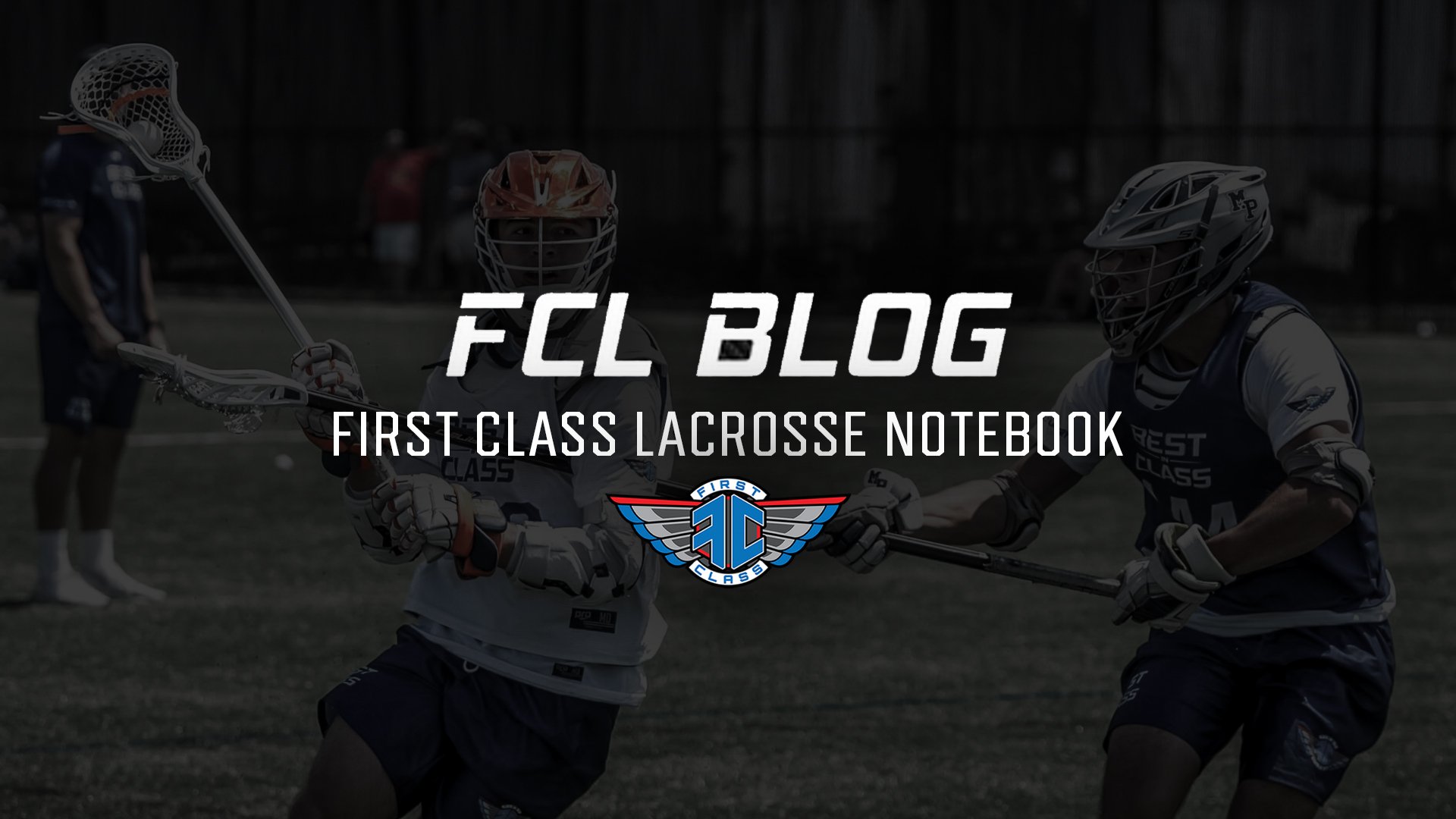Deep Dive: 3 Ways to Defend Passing Lanes
Defending passing lanes well is a critical facet of team defense. As an off-ball defender, we have to be able to cover more than one player. This is...
We can use our body language as a defender to manipulate offenses. One of the best ways we can do this is through having an excellent defensive stance and utilizing our body language to bluff offensive players out of dodges by hedging.
Hedging well allows us to "steal space". The best team defenses make dodging lanes and passing lanes look very small and crowded to the offense. So how do we do this?
We need to be low and athletic in a "linebacker" stance. Our weight needs to be on the balls of our feet and we need to be bouncy (ie, ready to pounce in any direction). In his Coaching vs Cancellation video, Cornell Defensive Coordinator Jordan Stevens talks about stance as "how ready you are to make the play". If we are upright then we will be reactionary and half a step slow all over the field. The way we own our stance on defense empowers us to be playmakers.
However, just being low and athletic is not enough. We also need to be "sideways" or able to see the ball and multiple other players. See this clip from our webinar about Brett Makar playing sideways. This is also called "102 position" where 1 person is able to play and see 2 players. Sometimes, we may even need to be able to see more than just 2 players off the ball. For example, as a two-slide you need to see your man, the man you are filling to, and the ball. A great 102 stance will allow you to do this, but you will likely need some head turns in there as well!
Once we have our stance down, the next piece is to get our positioning down. If you want a deeper breakdown on these aspects check out my off-ball defense blog from a few months ago. Essentially, if our stance is "how" we are on the field, our positioning is "where" we are on the field. At a basic level, we want to be between our man and the ball with leverage to the ball. This is a phrase Coach Amplo, Head Coach at Navy and Team USA Defensive Coordinator, uses quite frequently. This means that we are loaded ball-side of our player with an unobstructed path to make the next play.
In this video from Jake Higgins and Ajax Zappitello at our Baltimore Training this fall, you can hear Jake discuss "read steps". I have also heard these called "cheat steps". It would be like a baserunner in baseball inching closer to the next base he is considering stealing. I never thought I'd be using baseball to teach hedging, but this is a pretty cool video. These little steps allow us to position ourselves closer to making the play, without full committing. This piece is really important. As an off-ball defender, we never want to commit our chest to the ball until we fully commit to the slide. If we can stay sideways and use read steps, we can either bluff the dodger with a great hedge or shorten the length of the dodge. Both of these are good for us as a defense.
I won't go a mile deep here right now, but just touch on the topic. We can both hedge from the crease as a hot guy or as an adjacent "show". Remember, while you may know that you are not going to slide adjacent (if that's your team rules), the offense does not know this. They will read your body language and movements. Hedging well adjacent can be super effective; however, the risk is that we get caught overcommitting and giving up an easy shot. I wrote a blog on Delaware's defense a few months back that shows some examples in greater depth.
Whether you choose to hedge adjacent or from crease, the stance and body language piece are the same. The one main thing that changes is the threat that the player you are covering poses. If your match-up is not a threat and very wide or deep, then you will have more time to hedge and get back. If they are in a shooting spot and adjacent to the dodge, you will not be able to come off and show because that will give an easy dump for a shot. A general theme in defense is "not to slide off the drift".
Ok, that is all for this week. Hopefully, this note and videos included are helpful. If any of you reading enjoy breaking defense as much as I do, I would love to hear your thoughts. Let us know what other content would be helpful!
P.S. If you know any defenders in the DMV, Dallas, or now Westchester County (Brett Makar sessions launched this week), send them our way!
Check out our community and become a member to view drills, webinars, film breakdowns, courses and more. Use code BLOG15 for an exclusive discount to our membership community on Circle!
Defending passing lanes well is a critical facet of team defense. As an off-ball defender, we have to be able to cover more than one player. This is...
Maryland’s defense was buttoned up Friday night vs PSU. They were great off the ground, physical, played passing lanes, pushed transition, and...
Sliding in lacrosse involves sending an additional defender to defend the ball carrier and is a fundamental element of any man-to-man defense. While...
